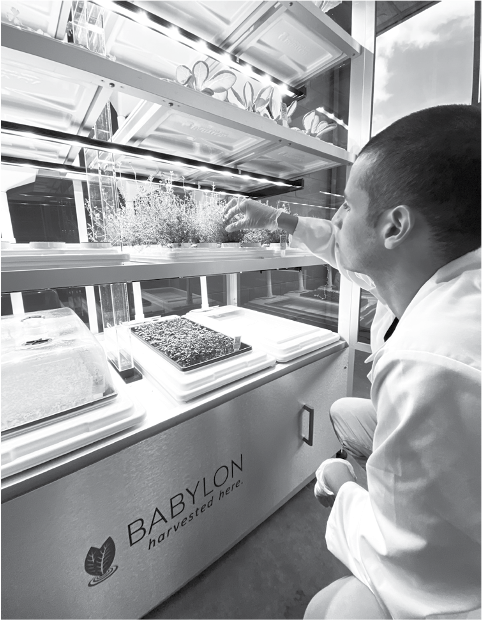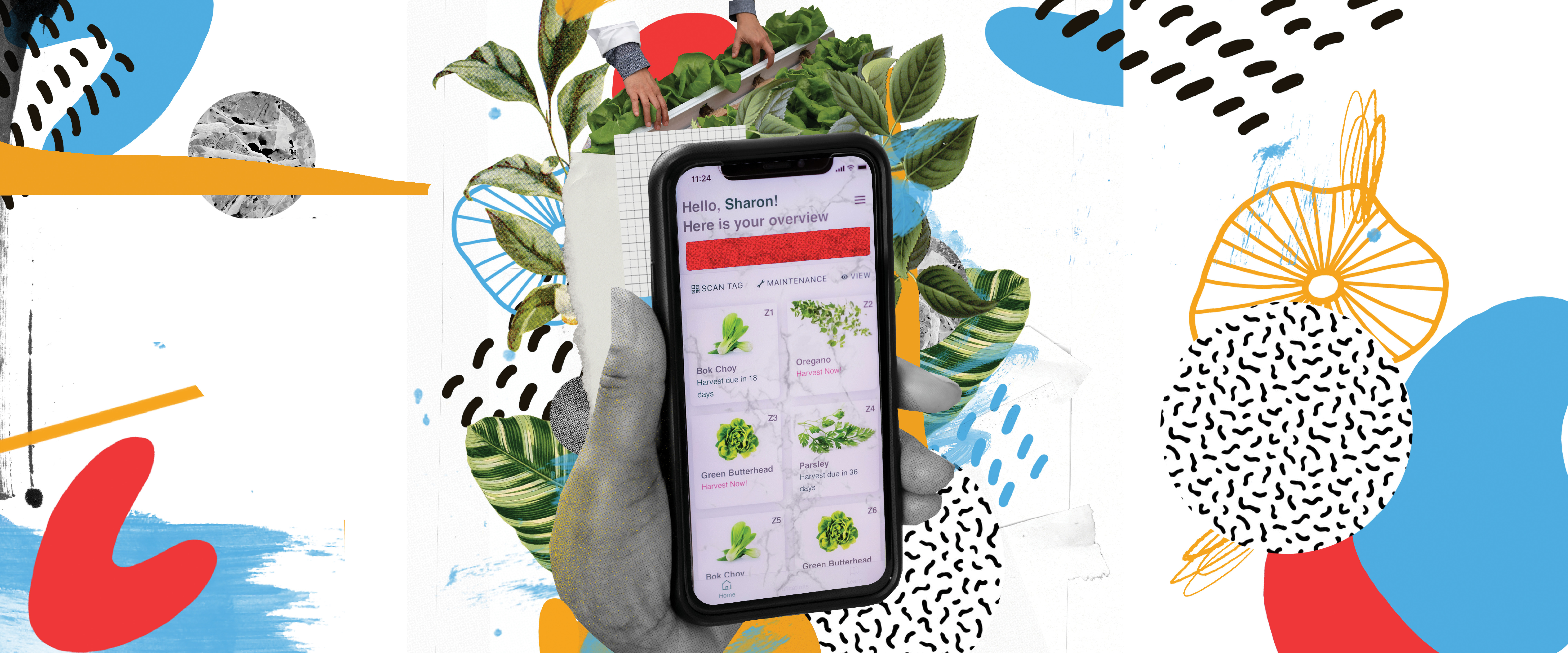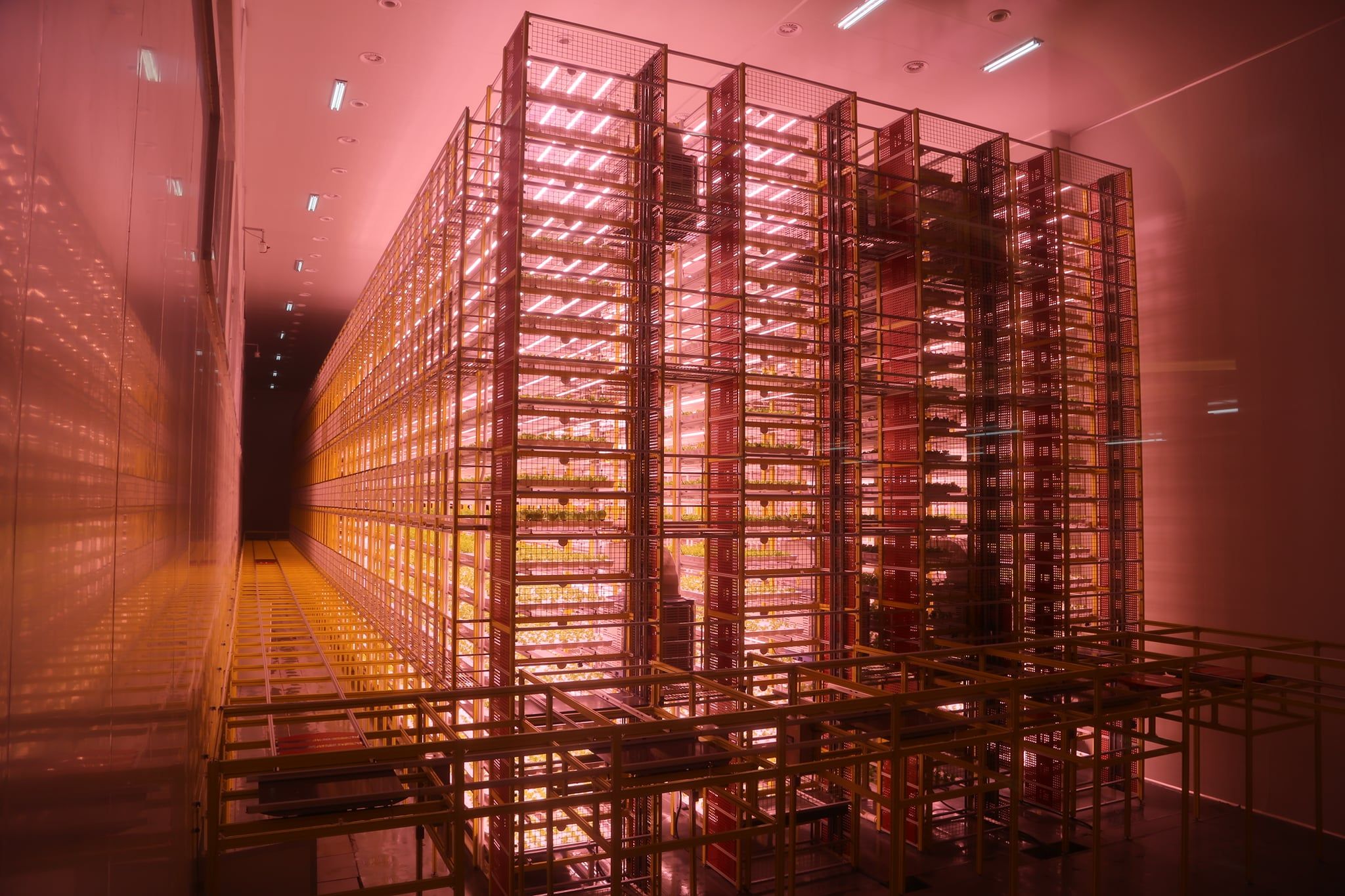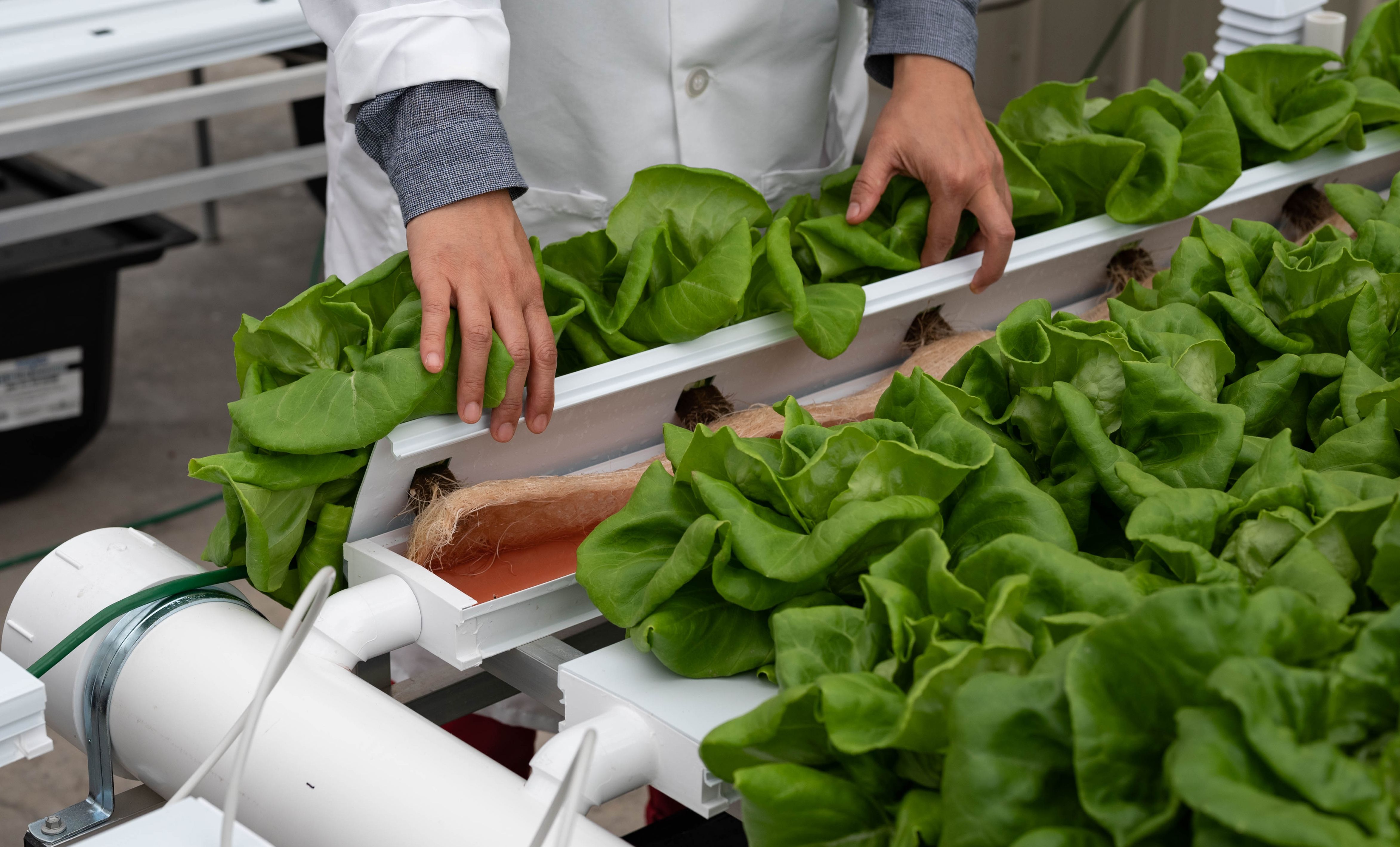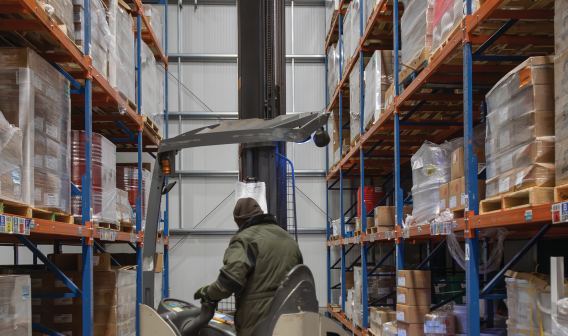Consumers’ increasing demand for safe, sustainable, locally grown food is driving interest and investment in controlled-environment agriculture (CEA). While much of the production in controlled-environment food production is focused on lettuce, leafy greens, tomatoes, and cucumbers, an increasing number of companies are looking at additional crops that can be grown in these production systems. Research from KD Market Insights projects the global CEA market to grow from $75 million in 2020 to an estimated $172 million in 2025, registering a compound annual growth rate of 18.7% during that time — and with the world’s population projected to grow to almost 10 billion by 2050, the global demand for food will continue to rise.
The majority of CEA food production is still done in greenhouses, but an increasing amount of food crops are being grown in vertically stacked layers in indoor vertical farms. While greenhouses have the benefit of growing with natural sunlight, indoor vertical farms have the ability to deliver the exact environmental conditions required by specific plants, including the optimum temperature, humidity, and light levels — and allow producers to multiply their crop outputs significantly without expanding their physical footprint. CEA operations can produce more food using fewer resources while reducing dependency on arable land.
In addition to the increased output, indoor agriculture like vertical farming reduces variance based on climate and pest issues. CEA operations generally require less water, less fertilizer, and markedly less pesticides than conventional agriculture. Producers can grow crops year-round instead of waiting for the optimal growing season and work outside of traditional geographic constraints, allowing a wide variety of fresh produce to be grown close to distributors and customers — more than half of whom currently live in urban areas, a number expected to grow to 68% by 2050.
From Printers to Produce
For years, vertical farming was a niche industry, with high energy costs preventing the practice from taking hold. That changed with the widespread availability of cost-effective LED lighting, leading to entirely new focus areas for some companies.
DASCOM Americas in Augusta County, a wholly owned subsidiary of Hong Kong-based company DASCOM, was initially focused on business printing. As the company expanded into LED and began exhibiting its products at major shows, it became apparent that lighting systems for plant production, initially a small part of its lighting product line, represented a very large, interesting growth opportunity.
While many inquiries at trade shows were focused on the lighting systems’ potential to aid in the burgeoning cannabis market, companies saw the potential for the systems to increase production of food crops.
"Attendees would stop and comment about the lights, but the majority were just as interested in the racking system to which the lights were attached," said Ken Bryant, director of marketing at DASCOM Americas. "We came back from the show and talked with our engineers and product development team. We told them we have something here much bigger than just grow lights. We have a chance to do something really special with lasting impact across a broad spectrum that won’t just change our company, but has real potential to change the world."
Going Beyond Traditional Farming
Today, DASCOM Americas manufactures complete production systems for CEA farms, from racking to irrigation and fertilization to the trays where the plants grow. The company works with producers to build systems customized to facility spaces and the desired end product, which the company calls the HYVE system (short for “Hydroponic Vertical”).
